Bayous, with their slow-moving waters and rich ecosystems, are woven into the swamp-filled landscapes of Louisiana. For Kelby Ouchley, a biologist and naturalist, these waterways support a delicate balance of life, with important links between each piece of nature. His lifelong work has been focused on preserving these habitats and shedding light on their significance.
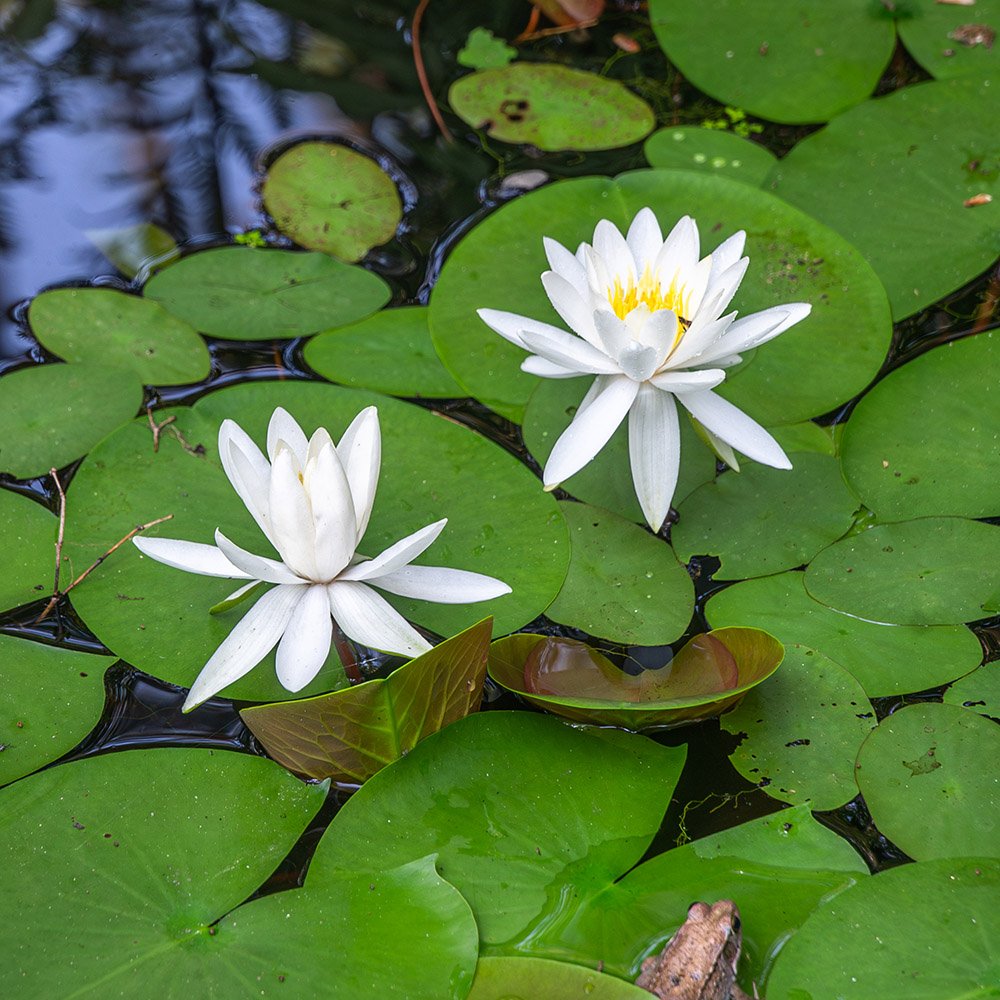
connections in louisiana bayous
When Ouchley walks through his wooded yard near the Bayou D’Arbonne swamp in northeastern Louisiana, he doesn’t just see trees and wildflowers—he sees an entire ecosystem at work. Ouchley picks a large seed pod from a bigleaf magnolia tree and points out how it attracts swarms of red-eyed vireos, which can be heard singing from the treetops. “Our well-being is tied to the well-being of the natural world,” Ouchley says. “We should do what we can to enhance and maintain the natural wonders that are around us.”
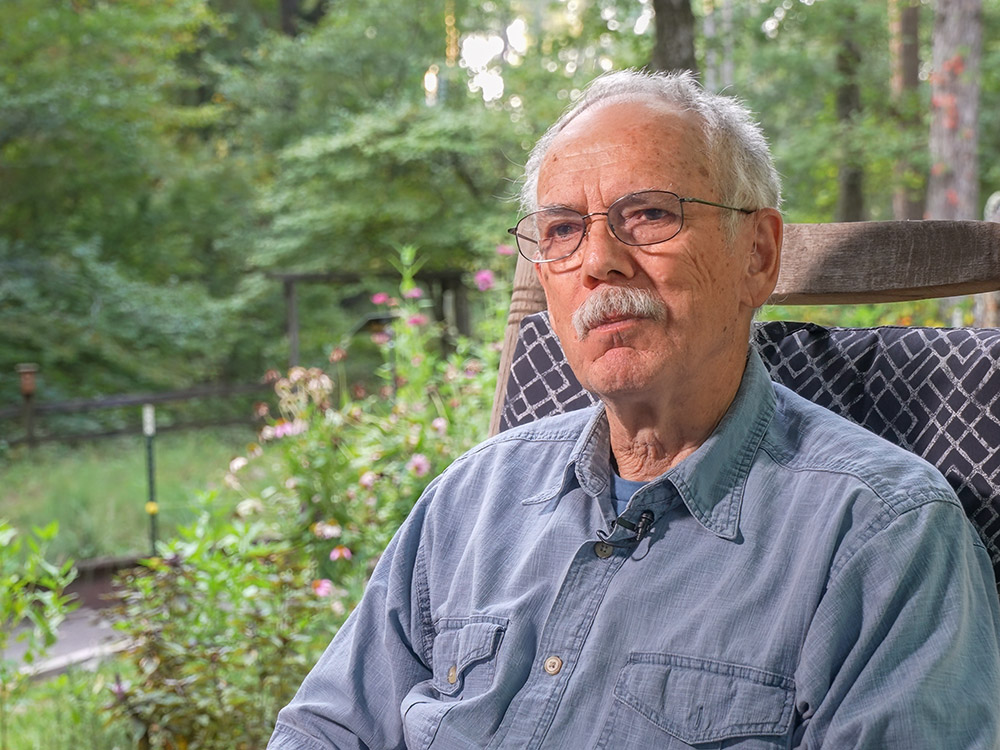
a lifetime of observing nature
Having spent most of his career with the U.S. Fish and Wildlife Service, Ouchley has written extensively on the connections within the bayou ecosystems. His books, particularly those on “Bayou Diversity,” explore the complex relationships between plants, insects, birds, and animals. He illustrates this with an example of the gar fish, a species many consider undesirable. But its gills host the eggs of freshwater mussels, which help filter and clean the bayou waters. “If we eliminate all the gar, we can potentially eliminate the mussels,” Ouchley explains. “You eliminate the mussels, you eliminate the filtration system within bayous.”
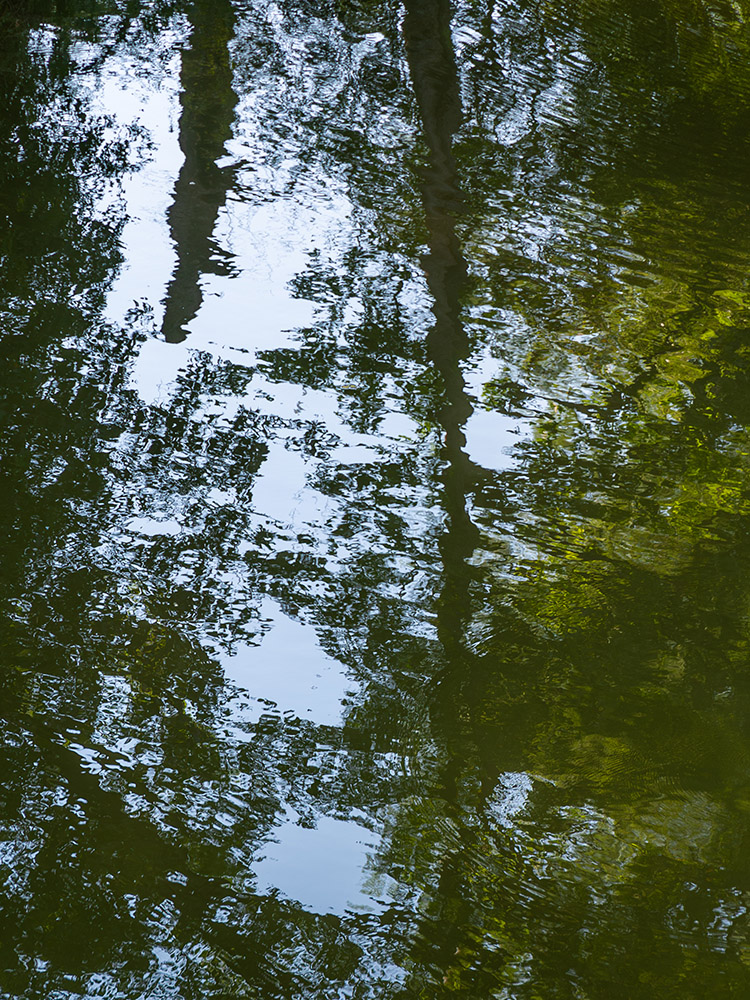
preserving louisiana bayous
Louisiana has at least 400 named bayous that flow through 62 of the state’s 64 parishes. Human activity has altered most of the waterways according to Ouchley. “Their value was not appreciated in terms of what they can provide to us like flood control and storage of flood waters,” Ouchley notes. That’s in addition to the aesthetic value of bayous that many people do appreciate.
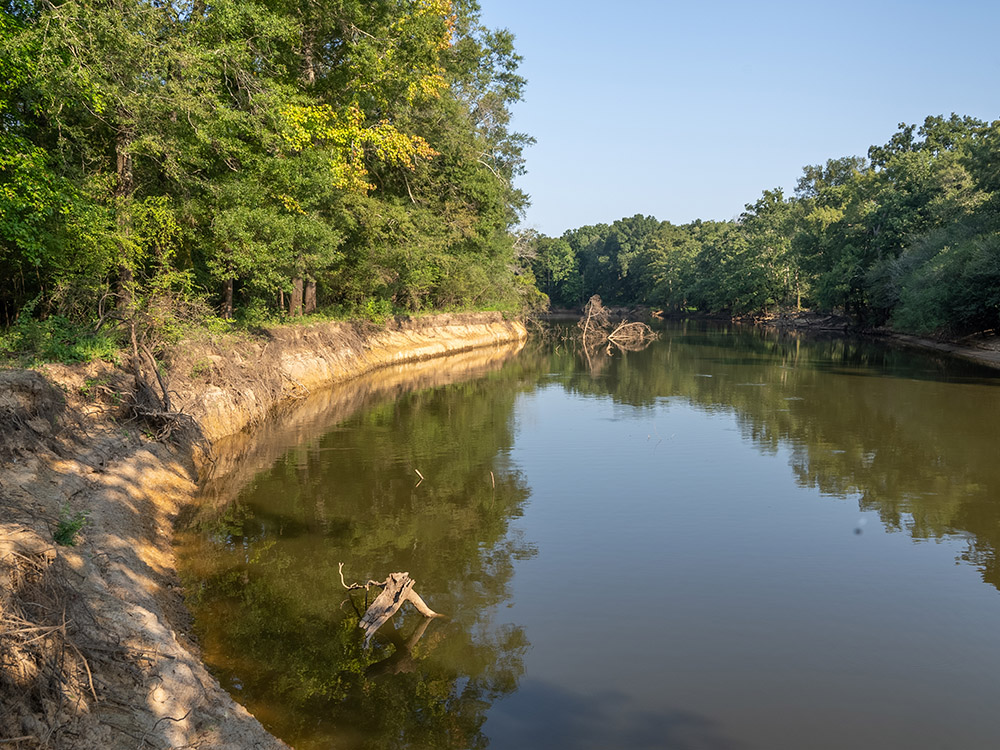
surrounded by nature
Ouchley’s home near Bayou D’Arbonne is nestled in what he calls a “biological ecotone,” where two different habitats meet. “Ecotones in general tend to have more species of critters and plants,” he says, emphasizing the rich biodiversity in such areas. During a walk along the bayou, Ouchley points to a persimmon tree, explaining how raccoons and opossums forage for its fruit. He also points to the pale green lichen growing high on the bark of oak trees that marks the high-water level of seasonal flooding.
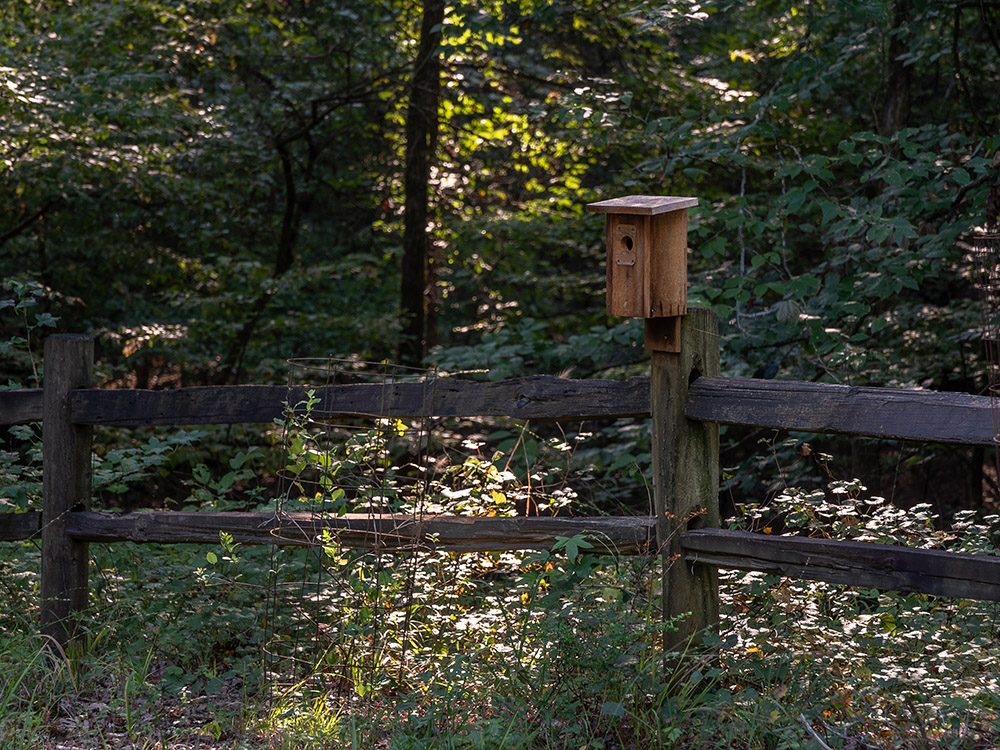
Ouchley’s lifetime of observation and study has allowed him to document the critical relationships between the plants and animals of the bayou. He hopes that his writings help people understand the delicate balance needed to preserve the natural habitat of the Bayou State.
understanding bayous with kelby ouchley
D’Arbonne National wildlife refuge
The D’Arbonne National Wildlife refuge is located near the town of Farmerville in northeastern Louisiana. 11372 Highway 143, Farmerville, LA. Click here for more information from the U.S. Fish and Wildlife Service.
North Louisiana Nature
11372 LA-143, Farmerville, LA 71241

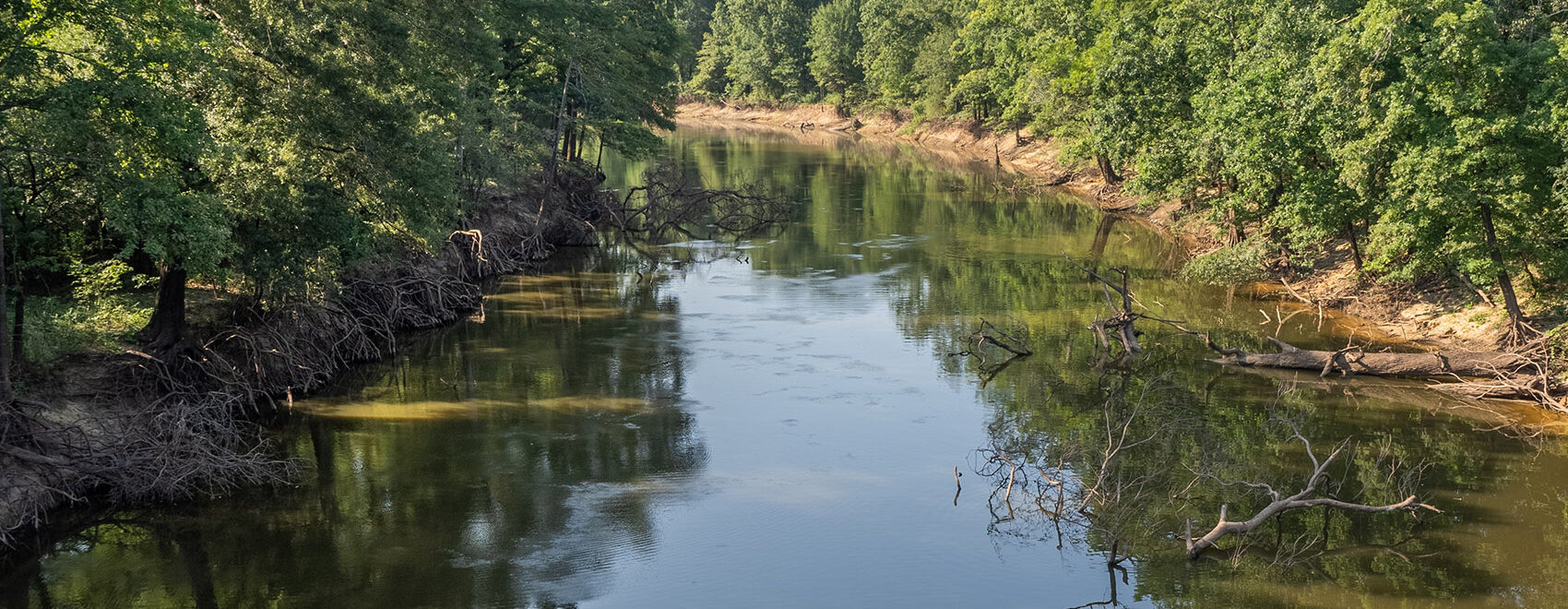
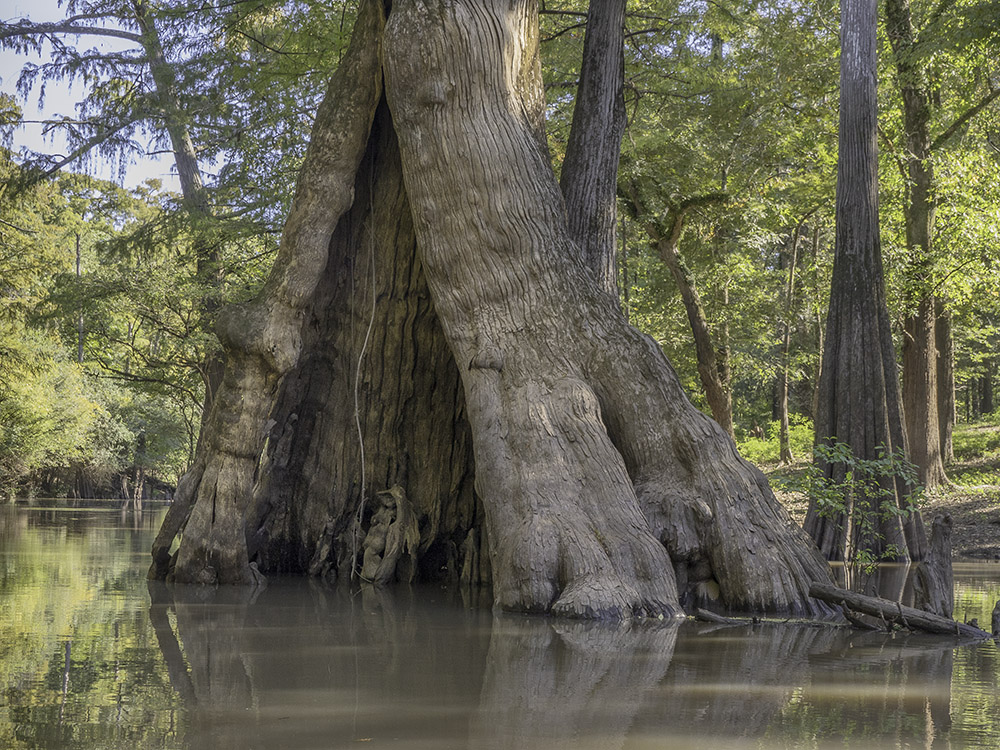
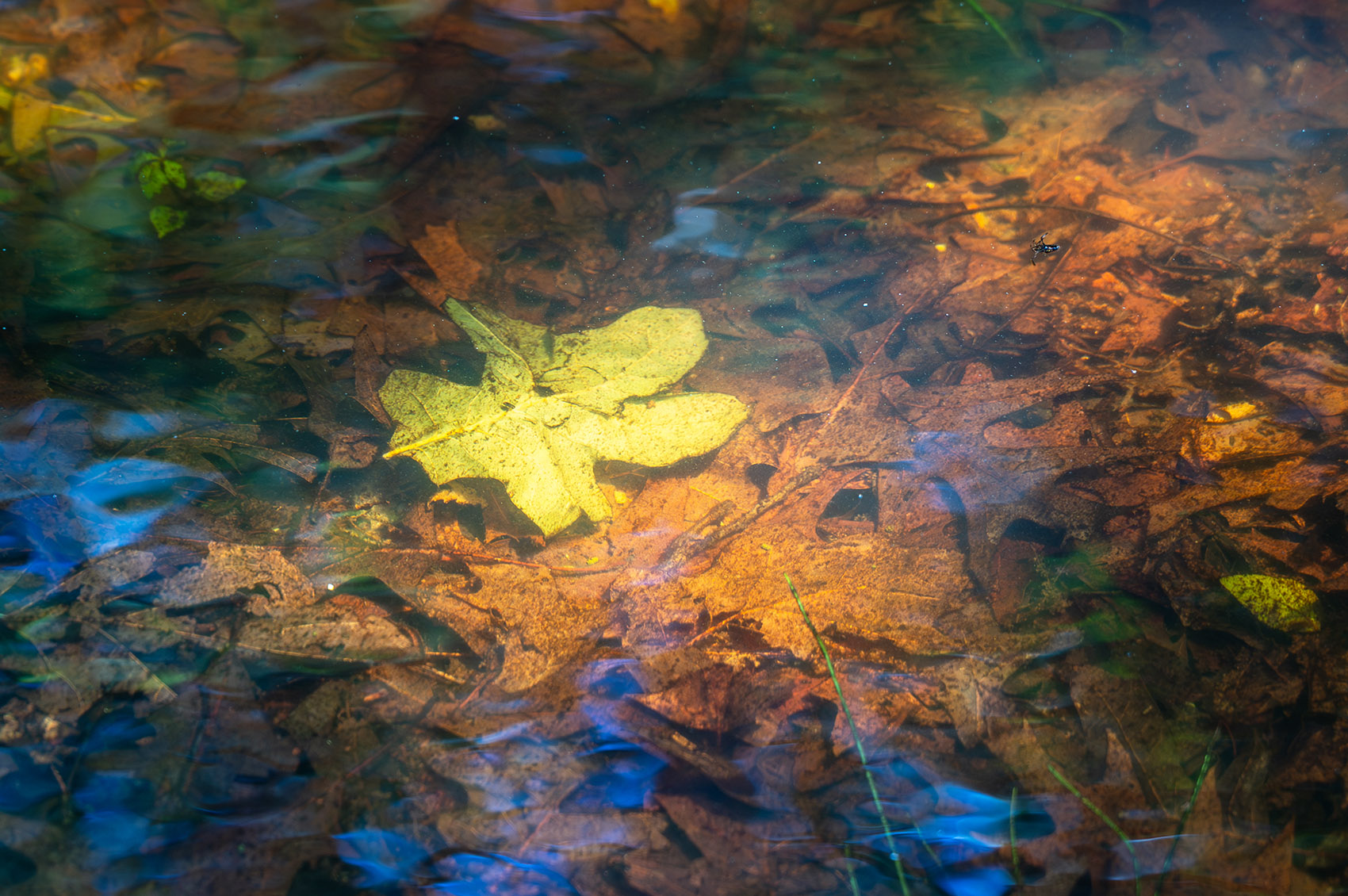
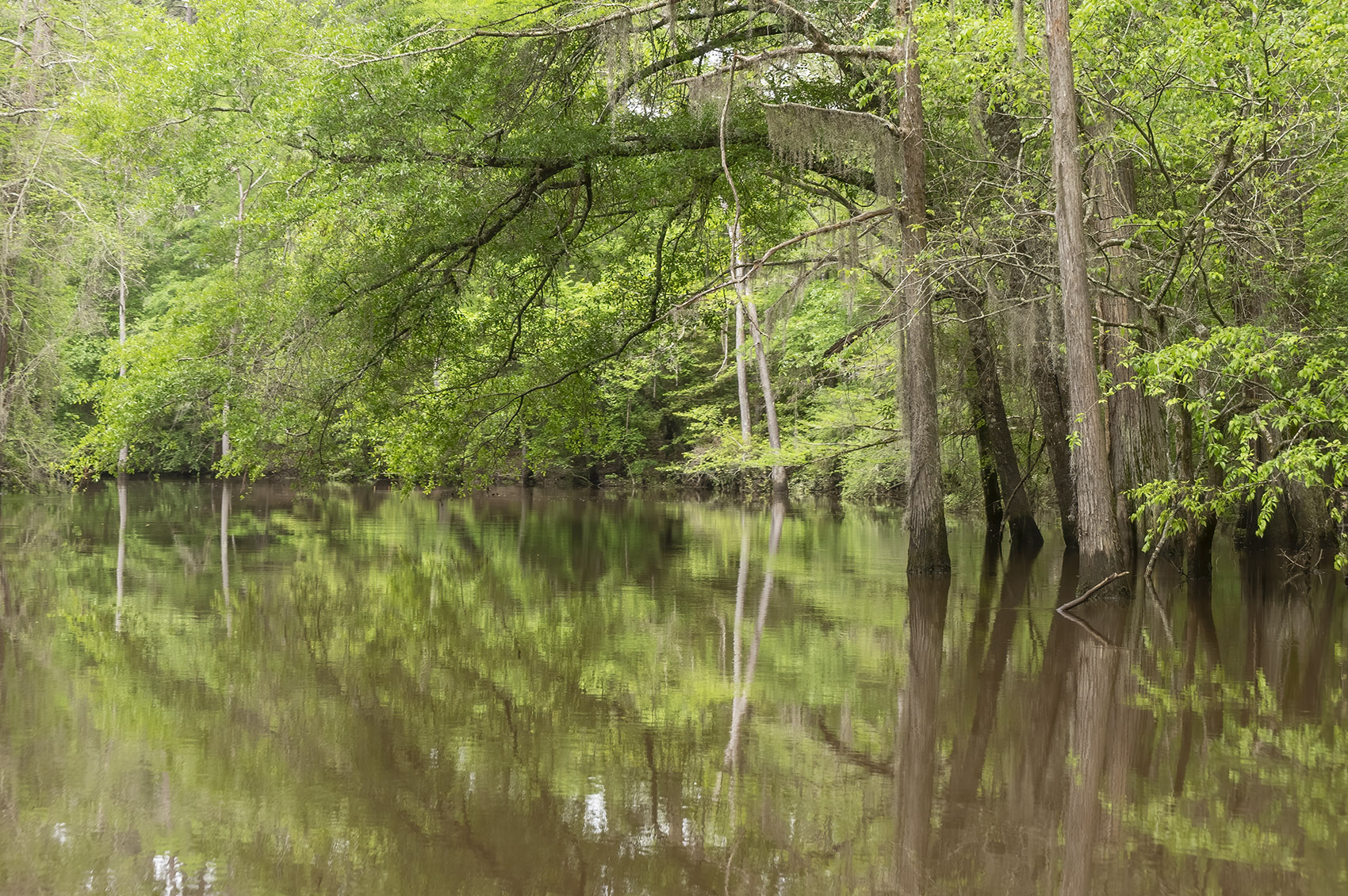
Ann Bloxom Smith
Dave, thank you for publishing this piece on Kelby and Louisiana bayous. Kelby has had a huge impact on many folks’ understanding of the natural web of life forms in this neck of the woods, and you did a great job of spreading the word even farther. You probably know that he was awarded the John Burroughs Medal last year for his memoir, Bayou D’Arbonne Swamp—a medal earned by such conservationists as Rachel Carson and Aldo Leopoldo, among other luminaries. (Kelby would chuckle at my calling him a luminary.)
Dave McNamara
Thanks Ann!
Justin Price
Great article and awesome video! Kelby is a treasure. His book ‘Bayou Diversity’ is profound and a great one to have on the coffee table for those times when you need to disconnect from the workaday world. I hope some in the younger generations are inspired to nurture our connection with the natural world.